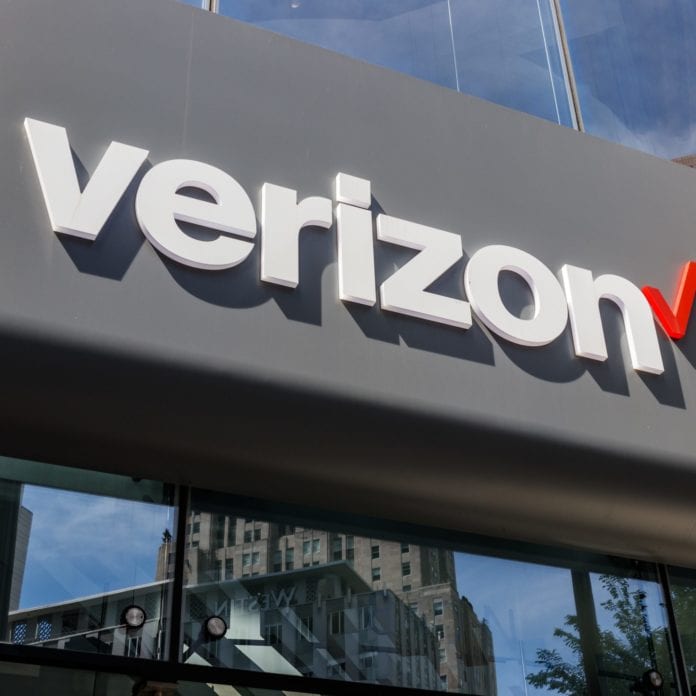Speaking at the Citi 2023 Communications, Media & Entertainment conference, Verizon CEO Hans Vestberg and Chief Technology Officer Kyle Malady discussed the “tweaks” being made on both the technology and consumer side of the business. Many of these changes, the pair said, focus on implementing a more “local” and “optimized” approach.
Q4 2022 reported positive consumer postpaid net adds
After three disappointing quarters in 2022, Vestberg said that when Q4 results come out later this month, investors can expect positive consumer postpaid net adds.
Q1 through Q3 2022 saw Verizon report a postpaid consumer phone subs losses: 36,000 in Q1, 215,000 in Q2 and 189,000 in Q3. As a result, Verizon shares achieved their worst annual performance since 2015 last year, falling 24.2% over the course of 2022. AT&T and T-Mobile both fared much better in 2022.
However, Vestberg — who recently took over the role of consumer business CEO, following Manon Brouillette’s departure — said that in 2023, there will be more “harmonization” between the network and the consumer business operations. “You also will see us combining our consumer investment. When I say consumer investment, it is everything from media to above-the-line promotions, below-the-line retention,” he said, adding that Verizon will be “much quicker” to use that money, instead of “locking it up.”
Verizon is also going to introduce new rate plans in 2023. The Welcome Unlimited plan, for instance, will provide unlimited talk, text and data for $30/month when the consumer brings their own device.
“We will segment in certain areas and will have more competitive offerings but still preserve our premium offerings and grow our service revenue,” Vestberg continued.
He also explained, as referenced earlier, that the company is “executing more locally” with its branding and marketing. “This is a pivot for the next step for us,” Vestberg continued. “It’s been centralized for a while. And now we go local, as the network has come so far with the coverage. We’re now more in revenue optimization, capacity enhancements, and we have built everything … from the data center to the edge were built now with fiber redundancy, multi-array edge routers, and now at the edge, we can decide what type of business we’re doing with different type of customers.”
Verizon CTO “couldn’t be happier” with C-band deployment
For his part, Malady expressed confidence that Verizon will meet its goal of covering more than 200 million people with its C-band network in Q1 2023. “C-band usage overall is 15% to 20% of our overall usage, and we only have it going in 46% of our markets,” he shared, adding that he is “really excited and “couldn’t be any happier” with how Verizon’s mid-band deployment is going.
“We’re going to be really aggressive this year, bringing more and more online,” he said.
Commenting more broadly on the operator’s build progress, Malady noted that its roughly 80% done with its core fiber builds and has deployed more than 40,000 mmWave nodes.
“The other major tweak that we’re making [is] we’re getting more local. When we were doing all this build … we consolidated a lot of things, so we could bring a lot of scale,” Malady stated. “Now, it’s really about optimizing. And so … we have a close focus at the local level.”
Because Verizon’s 2023 C-band spectrum build is expected to require less capital that it did last year, Vestberg said the company will return to a capex spending of roughly $17 billion in 2023 and 2024.

